Childlike toy breed that is loyal, friendly, and an athletic hunter of vermin

Biewer Terrier Spotlight
- Great family dog and loves children
- Loves to walk and explore the world around him or her
- Trains easily and loves to please his or her owner
- Should be trained early on to weed out aggressive behavior
- Does well in apartments and condos
- Loves to receive attention and will curl up in your lap
- Very athletic and agile
- Does not bark a lot
History
The Biewer Terrier has a history that is intermingled with the Yorkshire Terrier. The Yorkshire Terrier is a small breed dog that is often tan in color and may have a blue-colored saddle.
In 1980, a particolor variety of the breed came into play and it was discovered that this color could be bred from two Yorkshire Terriers that carried the recessive gene for the piebald coloration. The first puppy born in a particolor variety in 1984 was named the Schneefloeckchen von Friedheck and is now officially recognized as the Biewer Terrier.
Werner and Gertrude Biewer are credited with breeding the very first Biewer Terrier. The ACH recognized this breed in 1989. Today, both Yorkshire Terriers and Biewer Terriers are considered to be two separate breeds. It wasn’t until 2014 that the Biewer Terrier was recognized and accepted into the AKC.
Personality & Temperament
The Biewer Terrier is considered to be a pup that is easy to own and loves attention. You will find that this breed does get along well with children and does not display some of the same qualities of other terriers.
The Biewer Terrier was bred to be a companion dog, which makes him or her a wonderful family dog. You can expect your puppy to find his or her way into your lap at all hours of the day since he or she is most content here.
You will find that the Biewer Terrier is often quiet and does not tend to bark, which means that he or she will not be a good watch dog. The personality of your dog will run wild and you will be left impressed day in and day out by the performances and shows your dog performs for you. While your Biewer Terrier is small in size, he or she is not afraid of adventure and will seek it out. In fact, you may be impressed at how courageous your pup actually is. It is important to keep an eye on him or her, so that he or she does not get into any trouble.
One thing you need to keep an eye out for is the pack leader mentality of your Biewer Terrier. You need to make sure you assert yourself as the pack leader, otherwise, your Biewer Terrier may become weary of strangers and become aggressive with other dogs. Proper training and socialization can weed out this behavior and yield a well-adapted dog.
Appearance & Grooming
The Biewer Terrier has a silky coat that is long and parted down the middle. Often times, the coat is tied up to keep it out of the eyes of the dog. The ears of the pup are erect and the nose is black in color. According to the American Kennel Club, Biewer Terriers are black tan and white, blue tan and white, or chocolate tan and white.
The Biewer Terrier Club of America states that the pup’s chest, stomach, legs, and tip of the tail are completely white in color. Your Biewer Terrier will weigh somewhere between four to eight pounds and stand up to nine inches in height.
The Biewer Terrier does have moderate grooming requirements and the long, silky coat needs to be brushed daily to ensure it remains healthy and silky. When brushing your pup’s coat, you want to make sure you remove any and all mats or tangles.
Your pup only needs to be bathed when needed, such as when he or she becomes dirty or rolls around in the mud. When it comes to bath time, you should choose a shampoo that is mild on the skin to prevent irritation.
Your pup will need his or her nails clipped at least once per month or as needed to ensure they do not grow too long. Lastly, you should clean out your pup’s ears once per week. When you clean out his or her ears, make sure you do not stick any items into the ears, but use a cotton ball and warm water to clean the outer part of the inside ear.
Health
Biewer Terriers are considered to be relatively healthy dogs, but they do have some health conditions that you need to be aware of.- Patellar luxation is the term used for dislocated kneecaps in your Biewer Terrier. This condition occurs when the kneecap is displaced from the femur bone. This condition is common in small breed dogs and does cause them pain, so it is important to seek out help from a veterinarian. Signs of patellar luxation include lameness in the leg, skipping, or holding the leg elevated from the ground.
- A collapsed trachea can cause breathing trouble in your small pup and it is important to find your puppy the right treatment should his or her trachea collapse. One of the main signs of a collapsed trachea is a lot of coughing, which may or may not sound like a horn. If your pup’s trachea is collapsed, he or she may wheeze, cough a lot, or having breathing difficulties, especially after exercise or playtime.
- Legg-Calves-Perthe’s Disease is a condition that causes the spontaneous degeneration of the head of the femur bone on your dog. This causes joint and bone inflammation and is very painful for your Biewer Terrier. You will notice that your puppy experiences pain when moving his or her hip joint, lameness in the affect area, and the wasting of thigh muscles.
Exercise & Care
The Biewer Terrier is not too picky and can live in both a house or can adapt well to apartment and condo living. Your pup does need exercise throughout the day and will require a minimum of two walks per day for about 15 minutes each time. When allowed to run, and explore, your Biewer Terrier will be curious and adventurous.
This breed does not need to run as much as he or she needs to walk. In fact, walking is part of this breeds primal instincts.
Training is considered to be easy, but your Biewer Terrier does need a firm hand and someone who is not afraid to be the pack leader. Your puppy will aim to please you and respond to your commands. Early socialization and puppy training groups will help your Biewer Terrier adapt too.
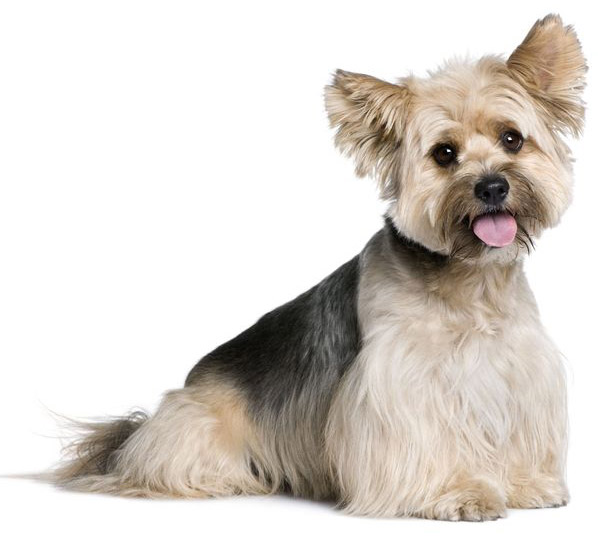
 Germany
Germany
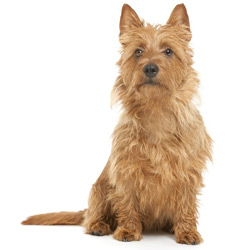
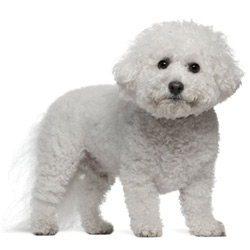
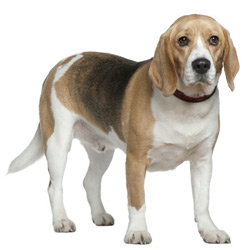
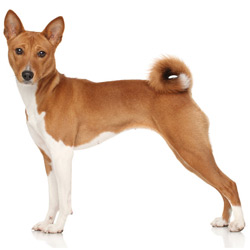
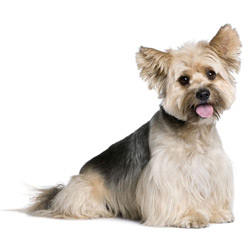
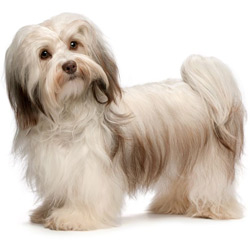
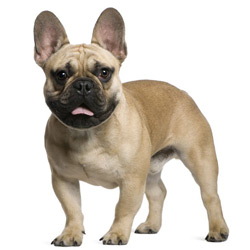
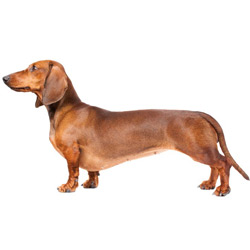
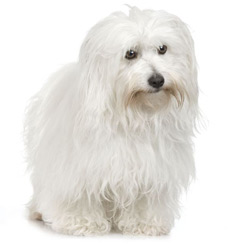
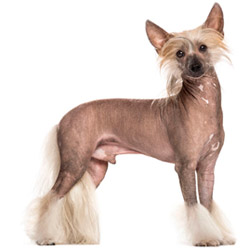
What do you think?